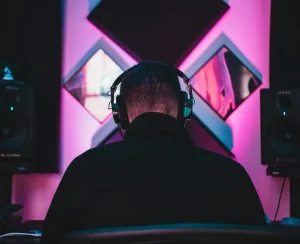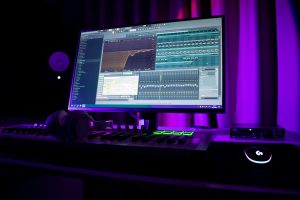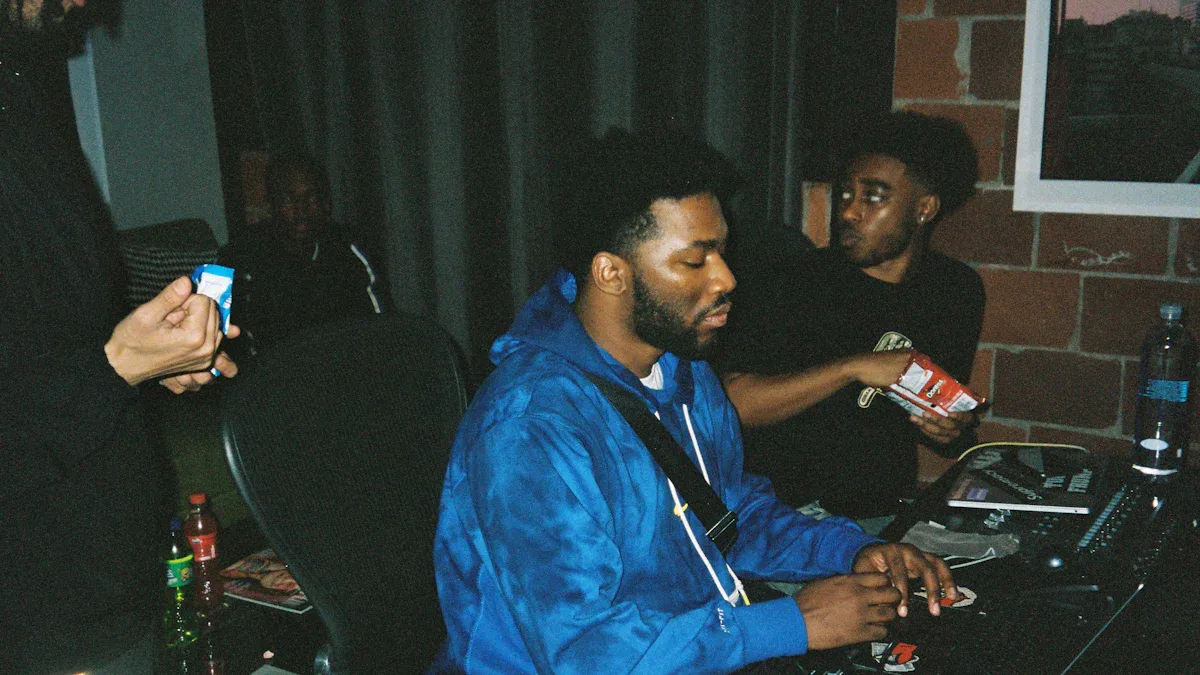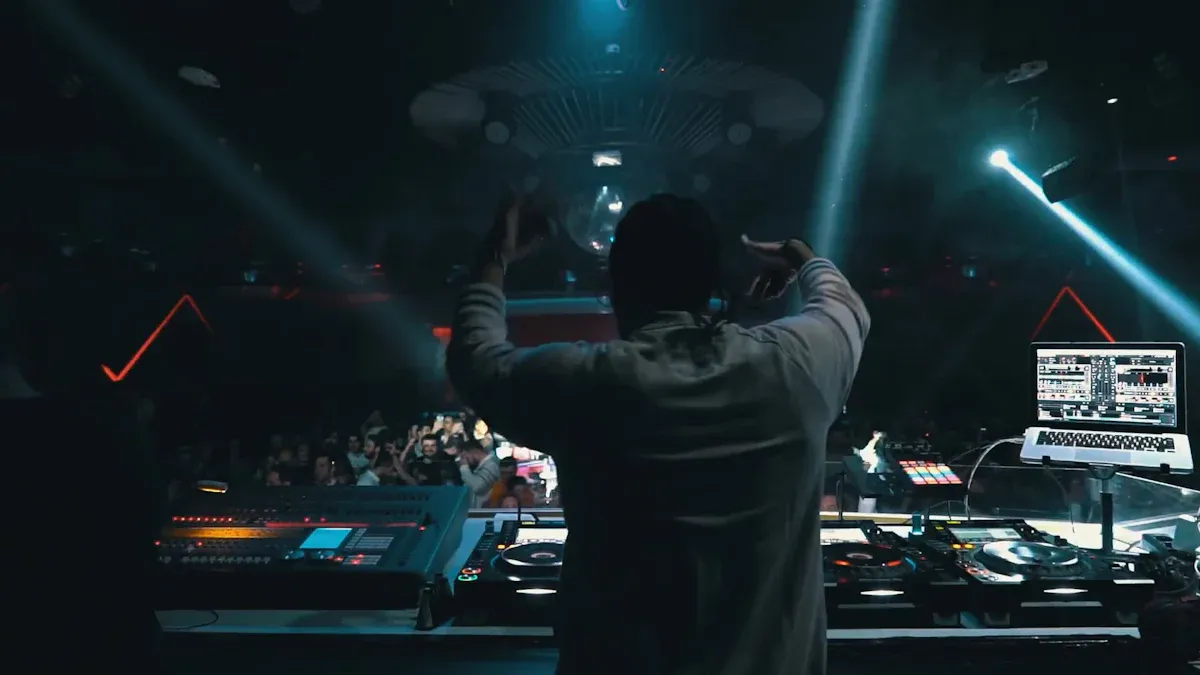Music is fundamental to marketing, entertainment, and storytelling. But first, you have to decide whether that fantastic song is copyright-protected before including it in your YouTube video, TikTok post, or podcast. Music protected by copyright can be used without consent, which could have major consequences, including legal action, loss of income, or takedown notices.
You are not the only one who is curious about how to know if a song is copyrighted. This article will define copyright, show you how to verify a song’s status, and provide the simplest means of obtaining copyright-free music for your work.
What is Copyright?
Copyright is a legal idea that protects the original work of artists, like singers. When a song is made, it is immediately protected by copyright laws. Only the author can copy, share, perform, and change their work. These rights already exist, but they are not registered. Legally, you can’t use the song if you didn’t make it or have permission.
Copyright is meant to make sure that people who make things get paid for them. It protects artists’ financial concerns, as well as their reputations and their right to determine how their works are used. Just because a song is easy to find on the internet or on streaming services, that doesn’t mean you can use it without consequences. Every original piece of music is safeguarded by copyright laws unless it is in the public domain or clearly labeled as royalty-free or released under Creative Commons.
How do you check to see if a song is copyrighted?
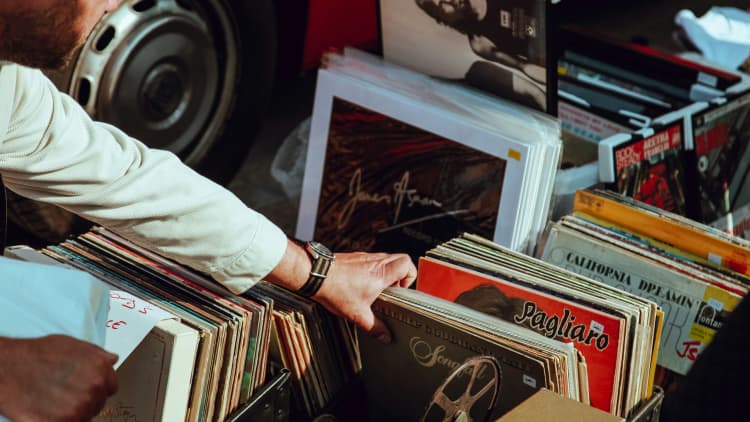
There are useful methods for determining if a song is copyrighted. Though it may first seem complicated, following a few basic guidelines can help you stay out of copyright issues.
Check Creative Commons Licenses
Creative Commons licenses let creators authorize certain kinds of usage. Certain music could be licensed for free use under terms like giving attribution or restricting usage to non-commercial goals. Platforms focusing on Creative Commons material, such as ccMixter or Free Music Archive, might help you find music. Not all allow commercial usage or remixing, so be sure to check what kind of Creative Commons license the music has.
Search the Internet Yourself
A fast internet search will show its copyright status if you have a certain music in mind. Look for phrases like “[Song Name] copyright status” or “[Artist Name] licensing information.” Occasionally, musicians post their copyright rules straight on their websites or social media accounts. Lacking obvious authorization, the music is most likely copyrighted and not free for use.
Checking Music Streaming Platforms
Copyrighted content mostly resides on streaming services such as Spotify, Apple Music, Amazon Music, and YouTube Music. Though comprehensive copyright information is not always shown, the album specifics, song credits, or descriptions may usually provide clues. For instance, YouTube has a Content ID system that automatically identifies submitted videos’ unauthorized content. A music is certainly copyrighted if it sets off a Content ID assertion. Risky, however, is posting a video and waiting to find out if you get a claim, as you could suffer strikes or other sanctions.
The subtleties of music copyrights and licenses
If you want to create content without getting into trouble with the law, you’ll need to know the ins and outs of music copyright. It’s not always easy to get song copies. Some songs are in the public domain, which means they were made so long ago that copyright rights no longer apply to them, generally before 1929. You can use these songs without worrying about breaking the law.
Know the difference between music that doesn’t cost anything and music that doesn’t have any copyrights. Copyright laws still protect royalty-free music, but users only have to pay once to use the music over and over again without having to pay extra each time. This is not the same as “copyright-free,” which means the song has no copyright at all.
If you want to use a song that is protected by copyright in a movie, you need a synchronization license, or “sync license.” You need to get permission before remixing or using a protected song, even if you only use a small part of it. This is the law, unless there is an exception like fair use, which is rare and hard to show. If you don’t want to get fined, sued, or have your reputation hurt, always take music copyright seriously.
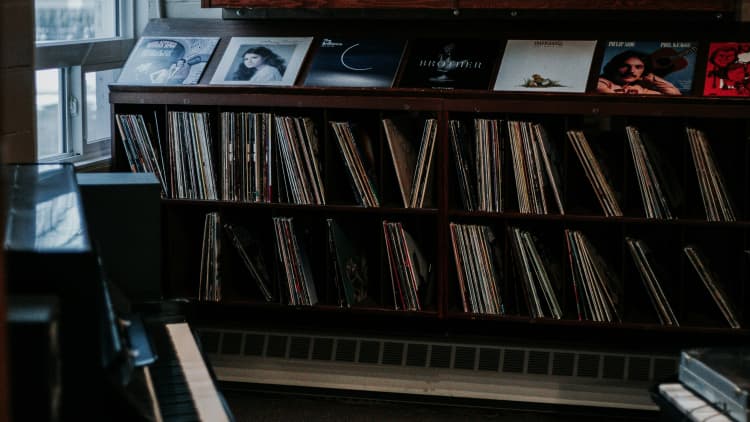
Generating Copyright-Free Music with Tempolor
Finding music that is safe and legal to use can be time-consuming, but Tempolor offers an easy solution. Whether you need custom music or pre-made tracks, Tempolor provides high-quality options for content creators, businesses, and artists.
One option is to use Tempolor’s AI Music Generator. This tool allows you to create original, unique music simply by describing the style, mood, or instruments you want. The AI will generate a brand-new composition that is completely copyright-free, giving you full ownership and peace of mind.
If you prefer ready-made options, Tempolor’s Royalty-Free Music Library offers thousands of professionally crafted tracks. These songs cover a variety of genres and moods, making it easy to find the perfect fit for your project. Every download includes a license for safe commercial use, so you won’t have to worry about copyright claims later.
For even more flexibility, Tempolor also offers an AI Music Creator where you can customize elements like tempo, melody, and genre. This means you can design a song that perfectly matches your project’s style while ensuring it’s 100% copyright-safe.
By using Tempolor’s AI-generated or royalty-free music options, you save time, money, and stress — all while producing professional-level content.
Conclusion
When asking how to know if a song is copyrighted, the answer is clear: unless a song explicitly states otherwise, it is most likely copyrighted. Always take time to verify music rights before using a track in your project. Checking Creative Commons licenses, searching for copyright information online, and reviewing details on streaming platforms are great first steps.
If you want to avoid all the hassle, Tempolor makes it easy to find or create music that is safe, legal, and tailored to your needs. Whether you generate music through AI or choose a royalty-free track, you’ll have full creative freedom without risking copyright infringement. Take the safe route — and make your projects sound even better — by using Tempolor today.
Learn more:how do you know if a song is copyrighted on youtube?

